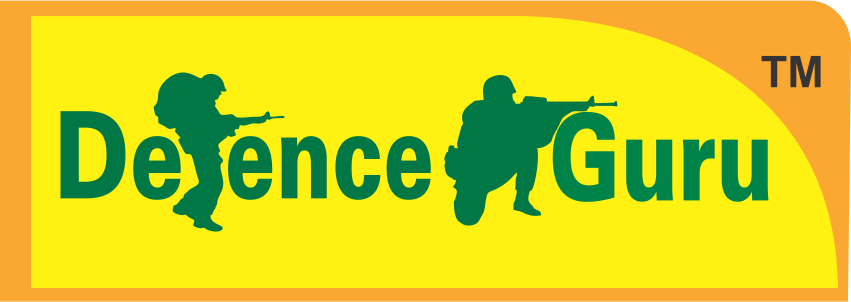Tips for Effective Drafting of TAT
An innovative, a tad different way of assessment in the SSB Interviews, the TAT or commonly called as the Thematic Apperception Test which undoubtedly is a projective personality test. Proponents of this technique assert that a person’s responses reveal the underlying motives, concerns and the way they see the social world through the stories they make up about ambiguous pictures of people. Also known as the picture interpretation technique because it uses a series of provocative yet ambiguous pictures in black and white about which the subject is asked to tell a story. The subject is asked to tell as dramatic a story as they can for each picture presented before them.
These tests present more highly structured stimuli and require more complex and meaningfully organized verbal responses. Interpretation of responses by the examiner is usually based on content analysis of a rather qualitative nature.
Writing TAT Stories in SSB’s is a cumbersome task but not an impossible feat after all. Proper synthesis, organization of thoughts from your personal experiences, correctly observing the stimuli, i.e. the picture shown before you and partly of the associations that you form and relate to such stimulus recalled from your past experiences form up the chunk of this test. But definitely to form such an association in such a short duration of time and that too when the stimuli is hazy and sometimes hard to decipher calls for a challenging task. So let’s take a look at how can you up your focus levels and make it count the most:
Pointers for writing effective TAT story
- What has led up to the event shown?
- What is likely to happen?
- What the characters are feeling and thinking?
- What is the outcome of the story?
Tips for Writing Effective TAT Stories
1) When the picture is shown for a timestamp of 30 seconds, keep in mind the following pointers to gain out the maximum as you can and thus form a meaningful interpretation of the picture by observing the-
- Number of characters
- Their Age, gender and mood
- Their relation
- What is going on?
- The theme of your story
- Future probable actions.
2) Observe the pointers and jot down the same in the answer booklet. No extra time will be given to jot down the details, unlike PPDT. Within the next 30 seconds the same has to be formulated upon and with elaborate observation of the picture displayed before you, a meaningful positive story of 200-250 words spanning 2-3 paragraphs within 4 minutes needs to be ready at hand.
3) Divide the subject matter into 3 paragraphs by placing the 1st paragraph as What has happened in the story? Mostly stating the prologue or introduction The 2nd as What is going on in the story? Stating the main story or involving the problem and lastly the concluding paragraph should be a summation of a positive outcome of your story hinting at future probability.
4) Story should be imaginative and creative but not fictional. Through story one can convey the inherent feelings and response to a given situation. That very response is actually assessed by the Selection Board. Mere incidents are not actually what is sought for but an actual story where you are the lead is taken into account. The problem or concern needs to be identified with an apt solution to the same. The approach or your problem solving ability is tested during the process.
5) Keep your story rock solid because doing the same will leave your group members with no other option but to agree with your story. When people unanimously agree to your point of view it proves that you have officer like qualities and it definitely ups your chances of selection during the process. Similarly, if you write good TAT stories, then automatically you will become a potential candidate to get recommended by the selection board.
6) It is very important for SSB aspirants to note that the story should be achievable and actionable by a common human being. Don't pore extra amount of action in your stories. Neither create unnecessary bluff or imagination making your story fictional that strays you away from the normal plane of reality and digresses your chances of selection.
7) Grammar and vocabulary also plays a vital role in writing good TAT stories. If your writing skills are poor, then you will not be able to communicate your thoughts and ultimately end up in writing poor stories. So it is necessary to brush and hone up your English writing skills and to practice hard to ace out with flying colours.
Candidates need to write good story to not only impress the selection board psychologists but also to showcase their officer like qualities and leadership skills proving that they have the desirable traits in them.. After thorough assessment, the psychologists will arrive at a conclusion about the potential and psychology of candidates. According to many psychologists of SSB boards, candidates who write vague stories do lack the knowledge of TAT tests. But the actuality is that they do not lack the officer like qualities but it is their ignorance about the importance of story written by them. Keep practicing hard with the above given tips and be sure to get positive results and stay updated and track up for the next in line discussion on the tips to draft effectively TAT stories and how to give apt descriptions against the same in the next article. Keep updated!!!






